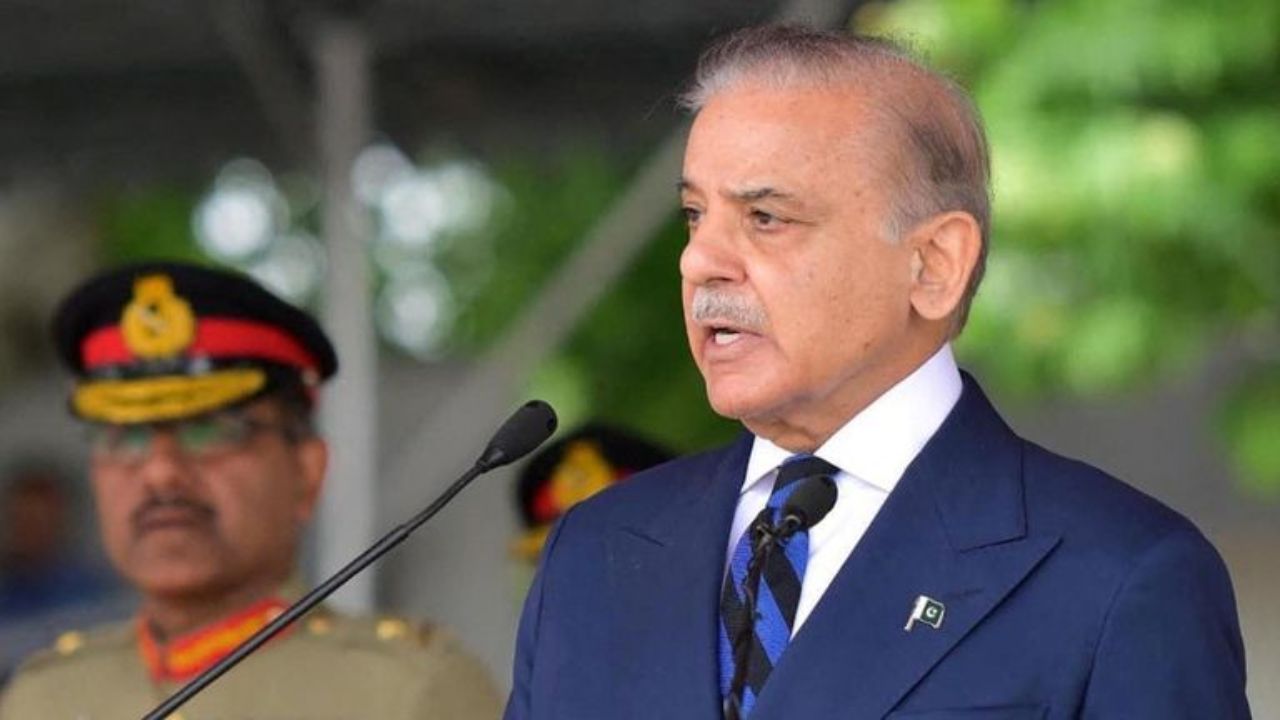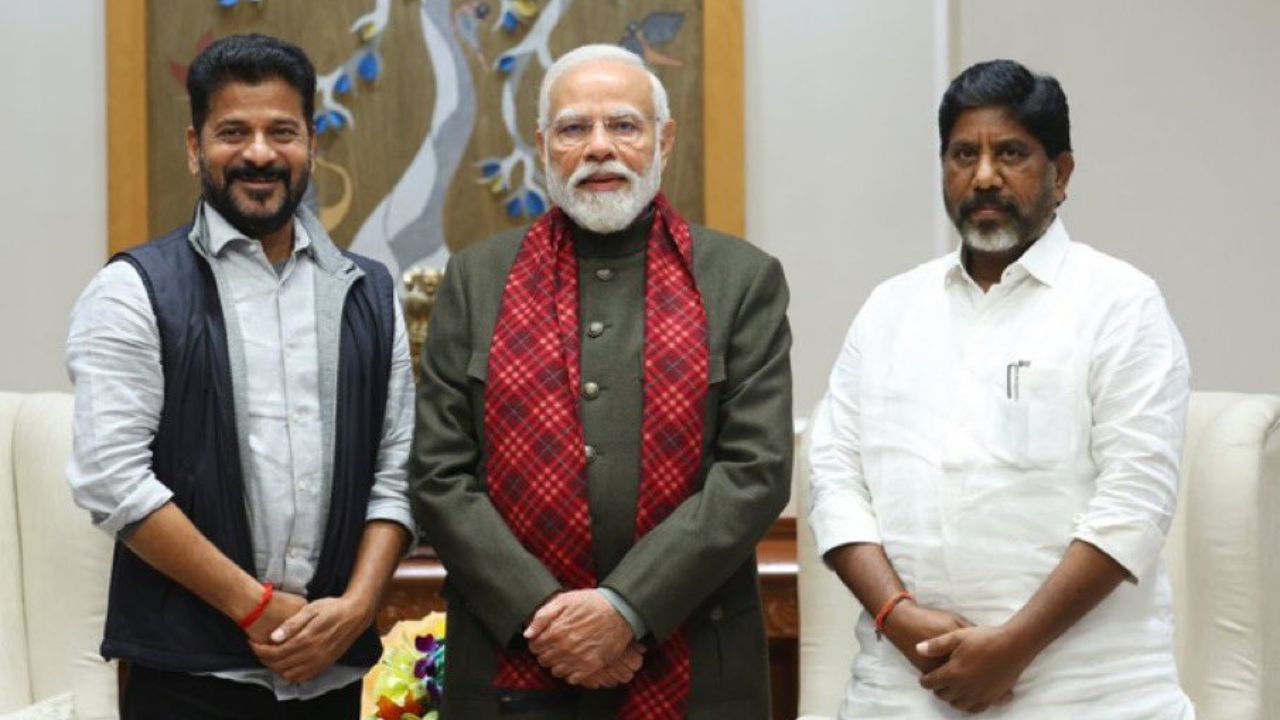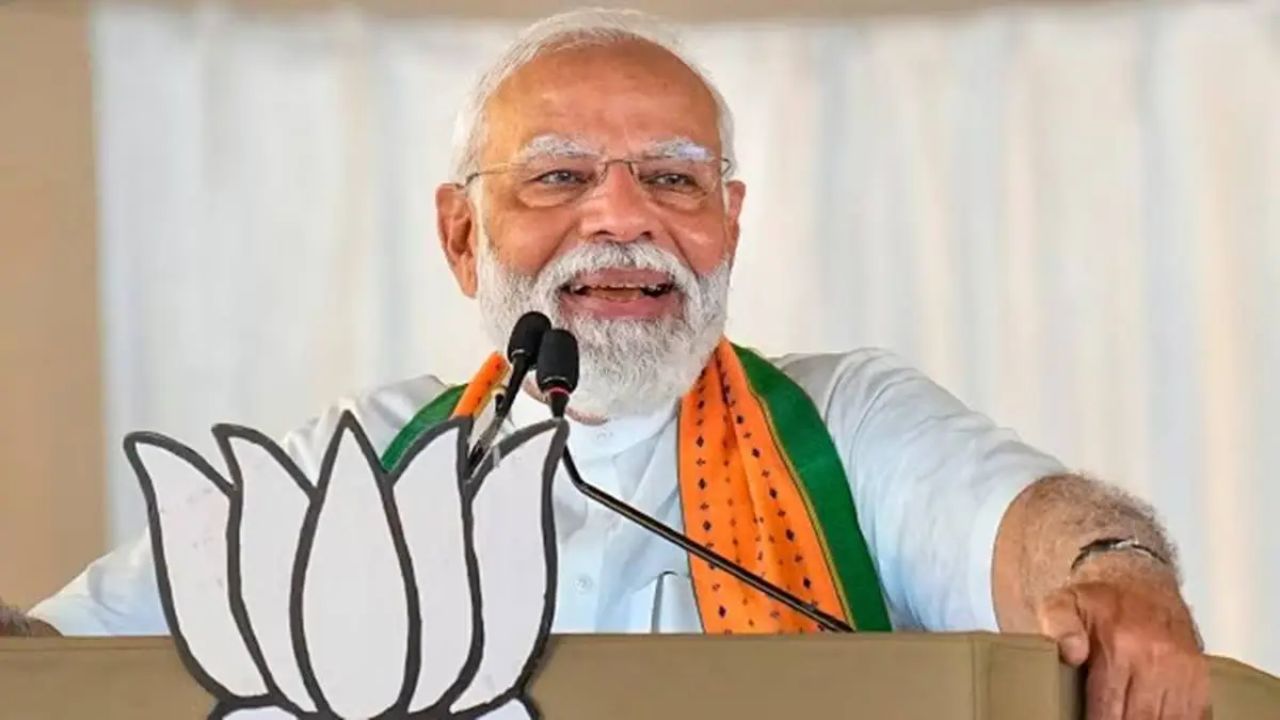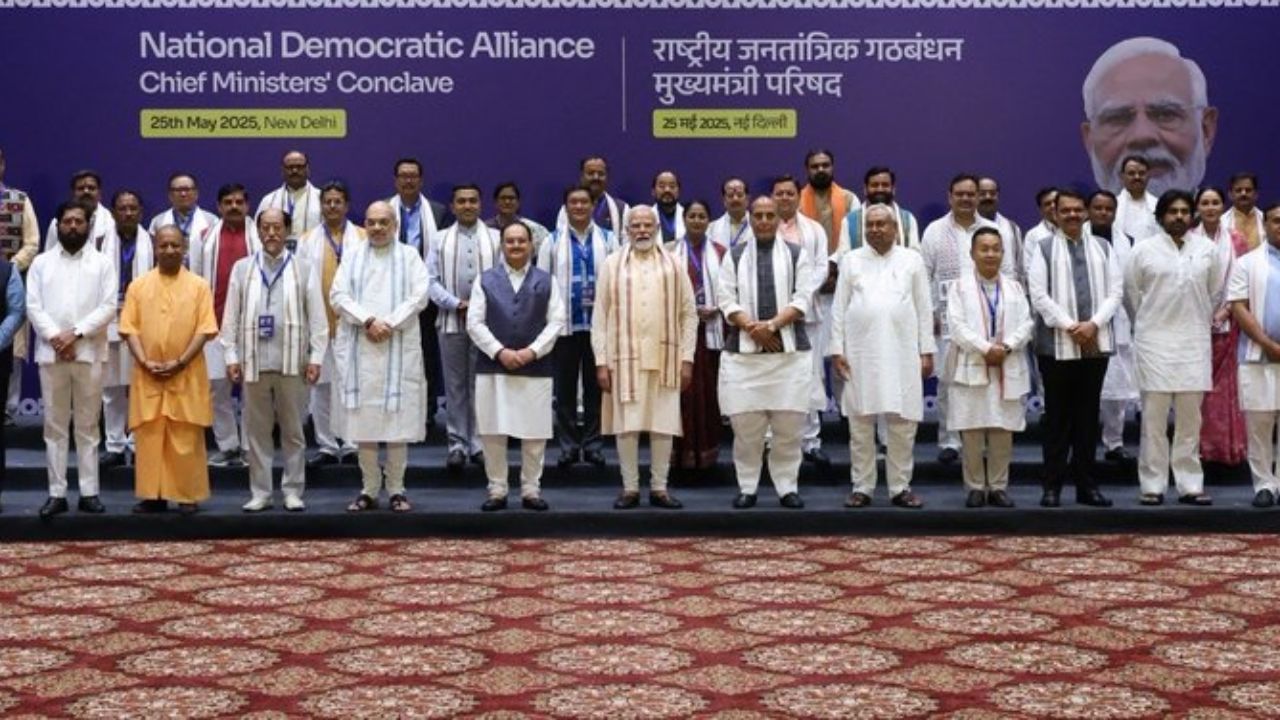How RSS Held 50,000 Drawing Room Meetings in Delhi to Rally Support for BJP in 2025 Elections
Ahead of the February 5 Delhi Assembly election, the Rashtriya Swayamsevak Sangh (RSS), the ideological parent of the Bharatiya Janata Party (BJP), reached out to the public by organizing nearly 50,000 ‘drawing room’ meetings across
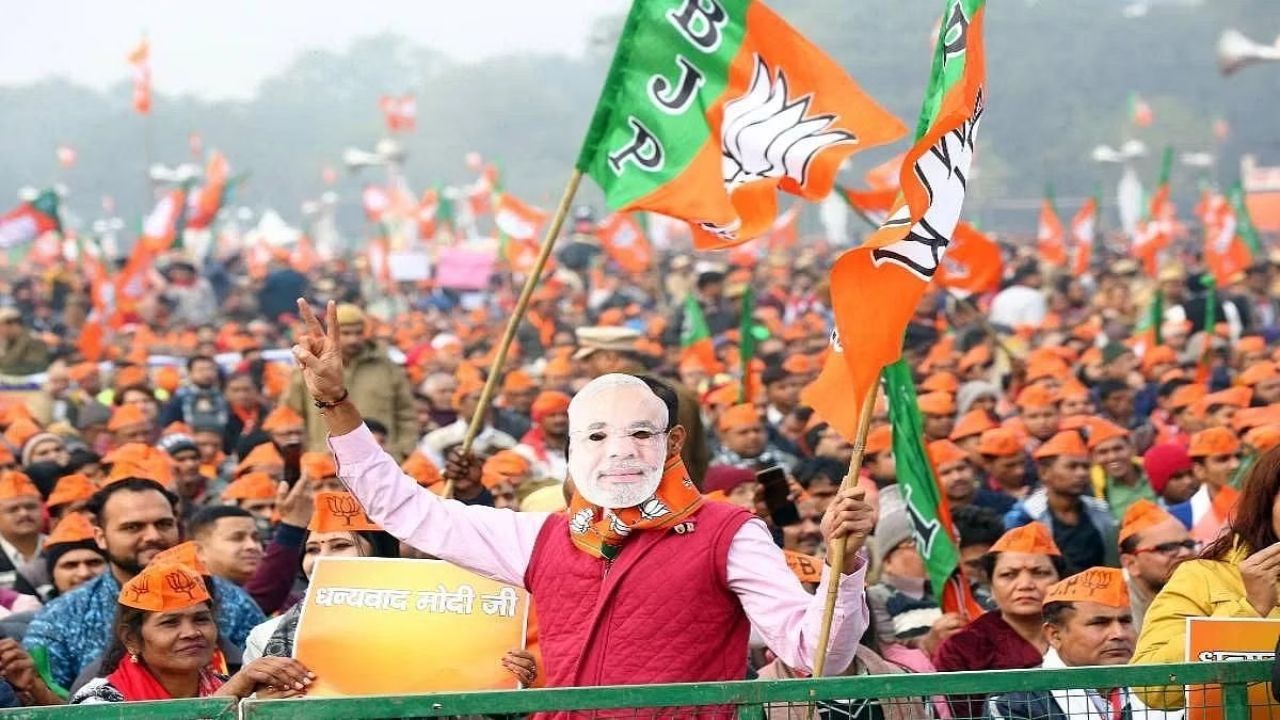
Ahead of the February 5 Delhi Assembly election, the Rashtriya Swayamsevak Sangh (RSS), the ideological parent of the Bharatiya Janata Party (BJP), reached out to the public by organizing nearly 50,000 ‘drawing room’ meetings across its eight zones in the city. The RSS’s operations in Delhi are divided into eight vibhags (zones), which cover 30 districts and 173 nagars (small city units).
Before the Election Commission of India (ECI) announced the election dates, each Vibhag was tasked with organizing these “drawing room meetings” in various localities, offices, institutions, shopping centers, schools, and colleges. A senior RSS functionary stated, “In my vibhag, nearly 2,000 drawing room meetings were conducted by Sangh swayamsevaks, while another 4,550 were organized by workers of other anushangik (frontal) organizations like Bhartiya Mazdoor Sangh (BMS), Sewa Bharti, Vishva Hindu Parishad, Akhil Bhartiya Shaikshik Mahasangh, Hindu Jagran Manch, and other affiliated units.”
Over 4 lakh people attended the 50,000 meetings across Delhi, where the RSS focused on its ‘panch parivartan (five changes)’. They urged participants to vote for BJP candidates, framing the vote as a national imperative. These sessions also highlighted key issues like environmental pollution, family values, corruption, social harmony, and Swadeshi.
The RSS has played a significant role in BJP’s electoral strategies, particularly since the 2014 Lok Sabha elections. In the recent Haryana polls, the BJP secured 48 of 90 seats, while in Maharashtra, the Mahayuti alliance, comprising BJP, Shiv Sena (Shinde), and NCP (Ajit Pawar), won 237 of 288 seats. The RSS claimed credit for its contributions to these successes.
The 27-day campaign for the Delhi Assembly elections witnessed fierce competition between major parties—AAP, BJP, and Congress—focused on issues ranging from the “Sheesh Mahal vs Rajmahal” debate to the “poisonous Yamuna,” “Bin Dulhe Ki Barat,” freebies, and personal attacks.


